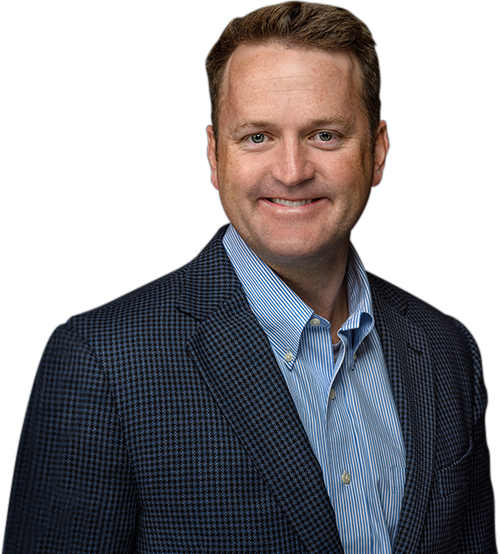Healthcare News
Trends and Insights in Direct Anterior Total Hip Arthroplasty: A Comprehensive Bibliometric Analysis
Total hip arthroplasty (THA), a commonly performed surgical procedure for management of end-stage osteoarthritis, is considered minimally invasive and the popularity of the direct anterior approach (DAA) is increasing. The objective of this study is to analyze the current literature on DAA THA through conduct of a comprehensive bibliometric analysis.
Excellent results of restricted kinematic alignment total knee arthroplasty at a minimum of 10 years of follow‐up
While restricted kinematic alignment (rKA) total knee arthroplasty (TKA) with cemented implants has been shown to provide a similar survivorship rate to mechanical alignment (MA) in the short term, no studies have reported on the long‐term survivorship and function.
Surgical Management of Elbow Heterotopic Ossification: Postoperative Outcomes With and Without Continuous Passive Motion Rehabilitation
Continuous passive motion (CPM) has been an accepted method of orthopedic postoperative rehabilitation for decades. However, its efficacy remains disputed and there is a paucity of literature looking at the impact of CPM after operative management of elbow heterotopic ossification (HO). This retrospective study aims to compare long-term clinical outcomes after surgical excision of elbow HO between patients with and without postoperative CPM.
Chronic Adaptations of the Shoulder in Baseball Pitchers: A Systematic Review
Understanding clinical and tissue adaptations to the throwing shoulder is important for optimizing injury prevention and rehabilitation programs in baseball players. The purpose of this study was to determine the chronic clinical (range of motion [ROM] and strength) and tissue adaptations of the throwing shoulder in baseball pitchers.
How do you treat rotator-cuff tears?
Shoulder symptoms led to an average of 9.6 million physician visits in 2015 and 2016 in the United States. The most common cause of those shoulder symptoms? Rotator-cuff disorders. Nonoperative treatment, such as physical therapy, is the typical approach to treating rotator-cuff tears. However, surgery is considered in certain patients whose rotator-cuff tears don't resolve with nonoperative treatments.
Boost Your Mobility With These Gait Training Exercises
Gait training exercises are movements designed to help improve strength, balance and coordination when walking. They may be part of a physical therapy program for a person recovering from a stroke, an injury, or surgery, as well as those dealing with a chronic condition that affects their ability to walk.
8 Bicep Tendonitis Exercises
If you have pain in your upper arm or shoulder, you may have irritated your biceps tendon, a condition known as biceps tendonitis. The pain may limit your shoulder motion and make performing normal work and recreational tasks difficult or impossible. You should see a healthcare provider who can diagnose biceps tendonitis and refer you to a physical therapist for treatment.
Comparison of mid-term clinical and radiological results of short and conventional femoral stems in total hip arthroplasty
This study aims to answer the question: Which are superior—conventional or short femoral stems?. An Optymis stem was used as a short-femoral stem, and an Accolade II stem was used as a conventional-femoral stem.
Alpha angle and anterior femoral neck offset identify different cohorts of cam morphology: an osteologic study
The purpose of this study was to explore differences in cam morphology defined by alpha angle and anterior femoral neck offset, in the context of other anthropometric parameters in an osteologic collection to further elucidate whether each measurement tool is identifying the same underlying pathology.
Enhancing Healing of Massive Rotator Cuff Tears: A Radiographic Evaluation of Bridging Allograft vs. Maximal Repair - A Randomized Control Trial
The purpose of this study was to compare the radiographic results of bridging rotator cuff reconstruction (BRR) with dermal allograft and maximal repair for large or massive, irreparable rotator cuff tears.






